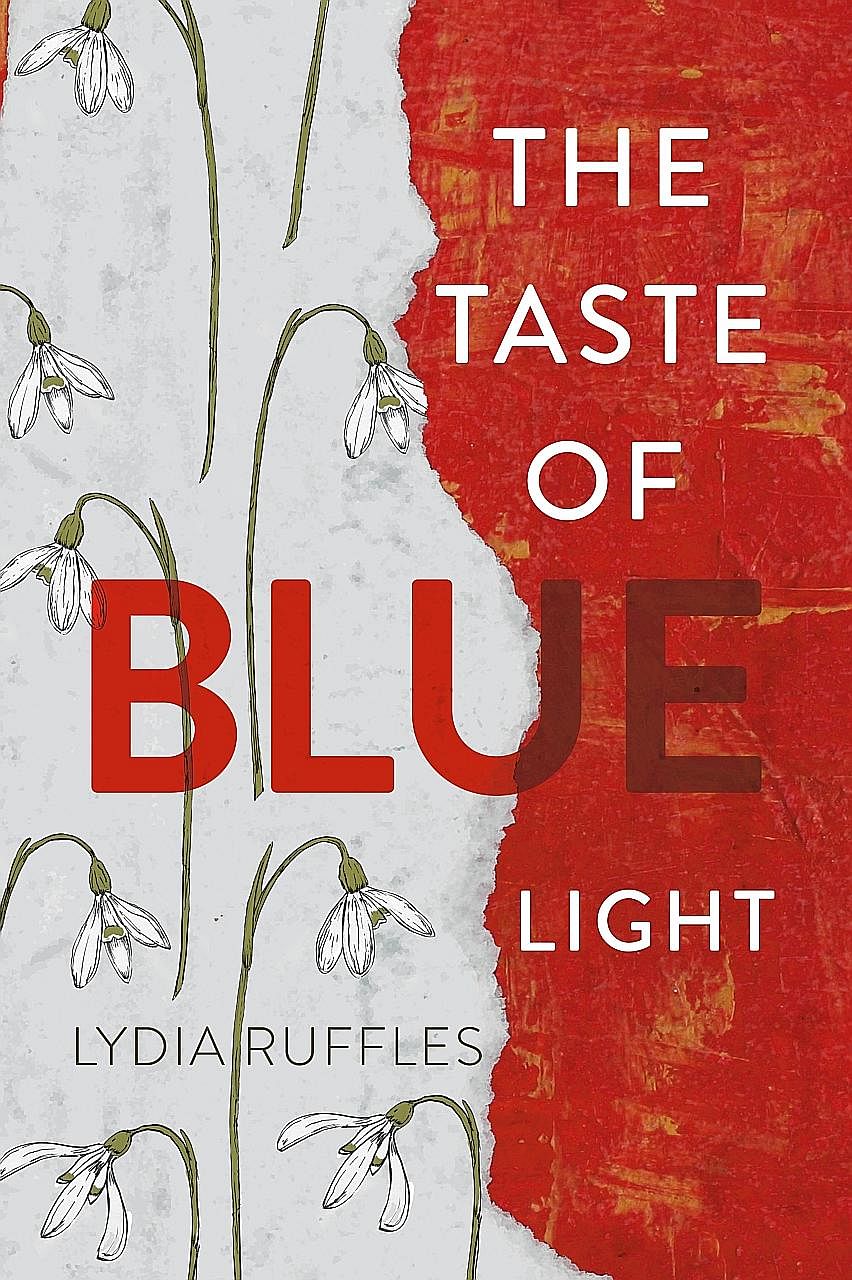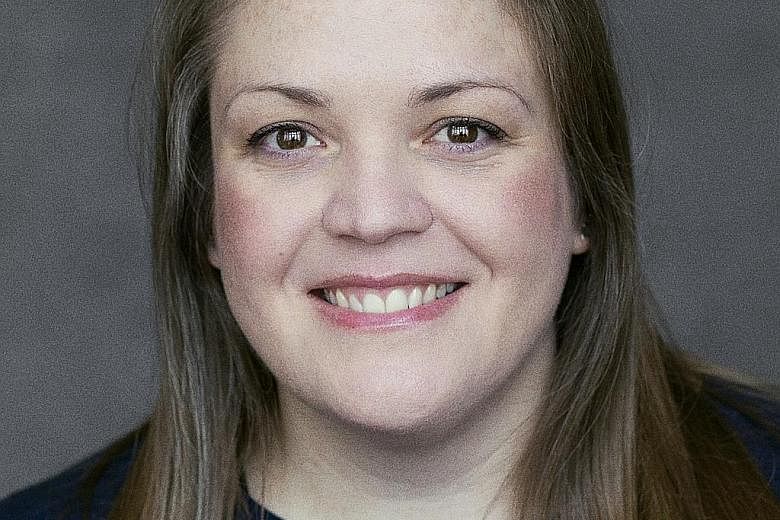FICTION
THE TASTE OF BLUE LIGHT
Lydia Ruffles
Hodder/ Paperback/ 345 pages/ $27.31/ Books Kinokuniya/ 3/5 stars
Like her peers at the prestigious private arts school Richdeane, 17-year-old Lux Langley is a self-proclaimed artist who swears by the school's motto: "We pledge ourselves to the will of the muses... We give it to art and we let go."
As part of the liberal school's "pioneering, open residential" model, she adheres to the school's strict diet of low-glycemic index food, attends classes on handling media interviews and goes for group talk therapy sessions.
But her ordered world begins to unravel when she wakes up in hospital after a party, with no recollection of what had happened to her.
Lydia Ruffles' debut novel for young adults delves into the world of trauma and memory loss and is a probing examination of the complex relationship between creativity and mental illness.
However, it is held back by the inconsistent handling of the protagonist's voice.

Ruffles unflinchingly details the visceral dread of living with an undiagnosed condition and it is in these real moments of horror that one can empathise with Lux.
She grapples with a kind of synaesthesia that paints her nightmares red, staccato sentences underpinning the horrors of being unable to explain sudden episodes of intense anger and migraines.
When repressed memories emerge, she recounts: "They make me realise I'm not safe. That something is coming for me."
The novel crackles with emotional force at moments when Lux actively works to reclaim her sense of agency instead of wallowing in self-pity: "I will find the old Lux and, when I do, I will climb back inside her and sew myself into her skin so I never get lost again."
But it is often difficult to relate to her and her suffering - the source of which is revealed too late in the book.
She comes across as immature and indulgent when she whines about being kept prisoner at home by her parents, who are described as working professionals based in Singapore.
In a group therapy session, she veils her emotions in self-conscious, caustic remarks about her privileged peers dealing with ghosts of their own past: "These tropes of troubled and rescued teens should embarrass me. I should cringe at the cliches."
At one point, a schoolmate laments the difficulty of creating "real art, something that's authentic" because "all we do is go to class and secretly get drunk".
Another student almost wistfully longs for the opportunity to possess a trauma - "imagine if you could collect all that pain, and turn it into something", she said.
Ruffles seems to suggest that Lux's trauma could be the factor that propels her from her privileged position as an art school student, sheltered from the horrors of the world, to an artist who can make sense of the world through a painful experience.
Unfortunately, it is difficult for this message to resonate, given the opaque construction of Lux as a character and the plodding pace of the book before the mystery of the trauma is unravelled.
But the book is, nonetheless, an important addition to the growing collection of young adult fiction that deals with issues of mental health and trauma.
If you like this, read: Will Grayson, Will Grayson by John Green and David Levithan (2011, Penguin Books, Books Kinokuniya, $17.66). This New York Times best-selling work of young adult fiction centres on two strangers with the same name who cross paths and strike up a serendipitous friendship.


